Think of post-WW2 Socialist Realism architecture and a lot of negative thoughts come to mind. Row upon row of drab, grey concrete buildings devoid of any character. Lacking in color or personality. Maybe rough around the edges and in need of more than a touch of paint.
In particular worth considering is the way in which many such cities were purpose built. Planned communities specifically designed to provide accommodation for the working populace. Nowa Huta on the outskirts of Krakow, Poland is one of the most notable. Also worthy of a visit is Poruba in the Czech Republic. The “city of the future” west of Ostrava in the industrial Silesian heartland. Visiting today feels like being at a crossroads between the past, present and future.
PALACE OF THE PROLETARIAT
Built in the aftermath of WW2, Poruba was intended as the worker’s city. With pollution a serious problem in the mining areas near Ostrava, the need increased to create affordable housing for the population further away from the centre of it all.
Standing at the unofficial entrance is the so-called Palace of the Proletariat. A great arch in between adorned with images of the working families with hammers in the middle (but no sickle). Accommodation basic inside but laid out to serve its purpose, even if Nikita Kruschev visiting claimed that the windows appeared too small.
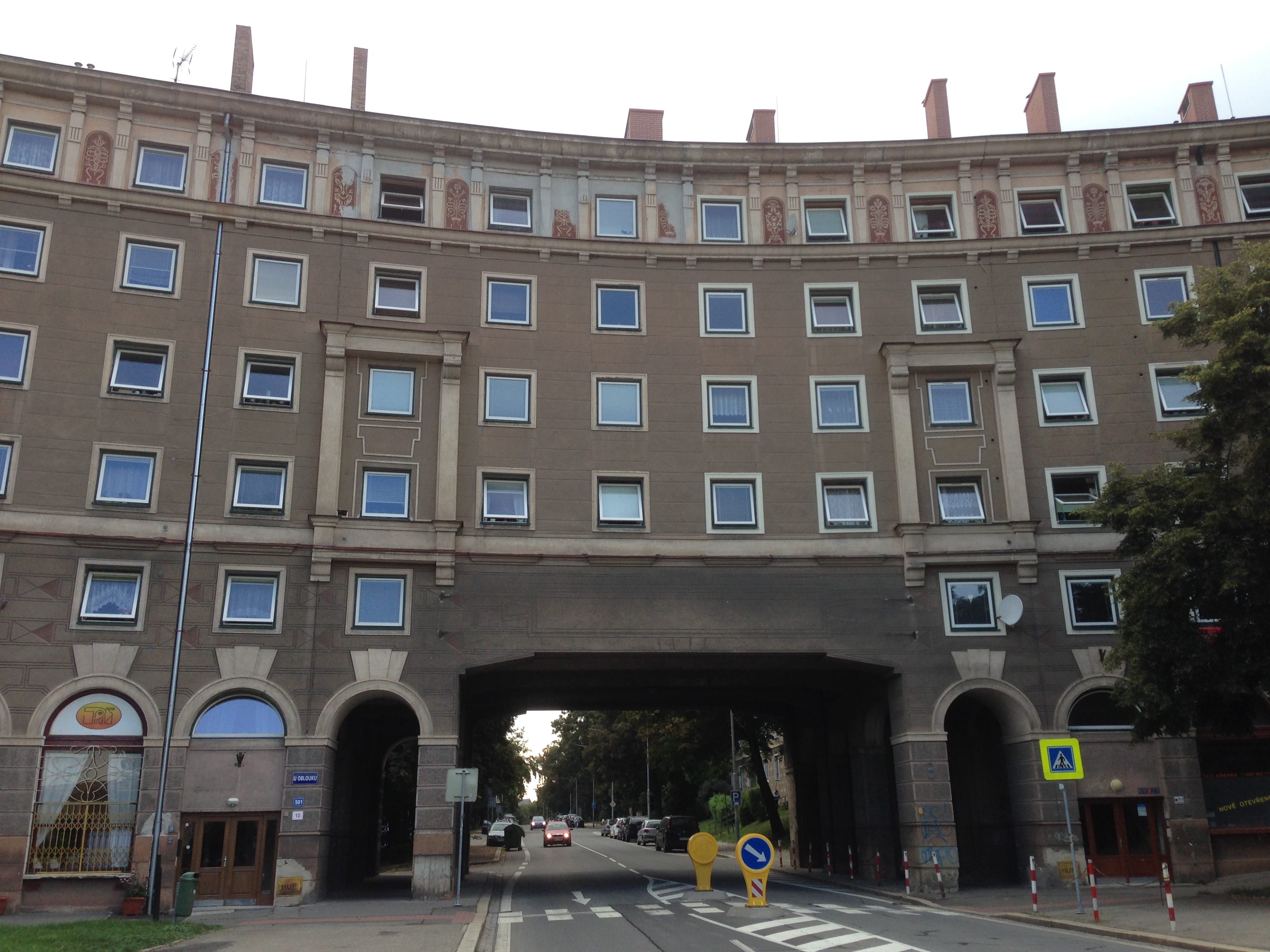
Thankfully with the Iron Curtain dissolving in 1989, Poruba has managed to evolve with the times. Although it will never lose its socialist realist heritage, this city lives a normal life regardless. Spending time in such cities can stir a mixture of emotions. Unease and depression at the Stalinist associations of such structures. Optimism at going forward too and embracing the free world. Subsequently enabling Poruba to have a bit more colour and character.
Look closely at the roofs of some of the buildings. You can see some Art Nouveau influences in the art. A definite contradiction to the concrete. Archway entrances on various intersections of the grand boulevard too, drawing inspiration from your typical European triumph arches. Reminiscent somewhat of the old isometric scrolling video games of yore. A glance at an aerial map shows the shape in which the housing blocks look from above. Is it a hammer and sickle, maybe?
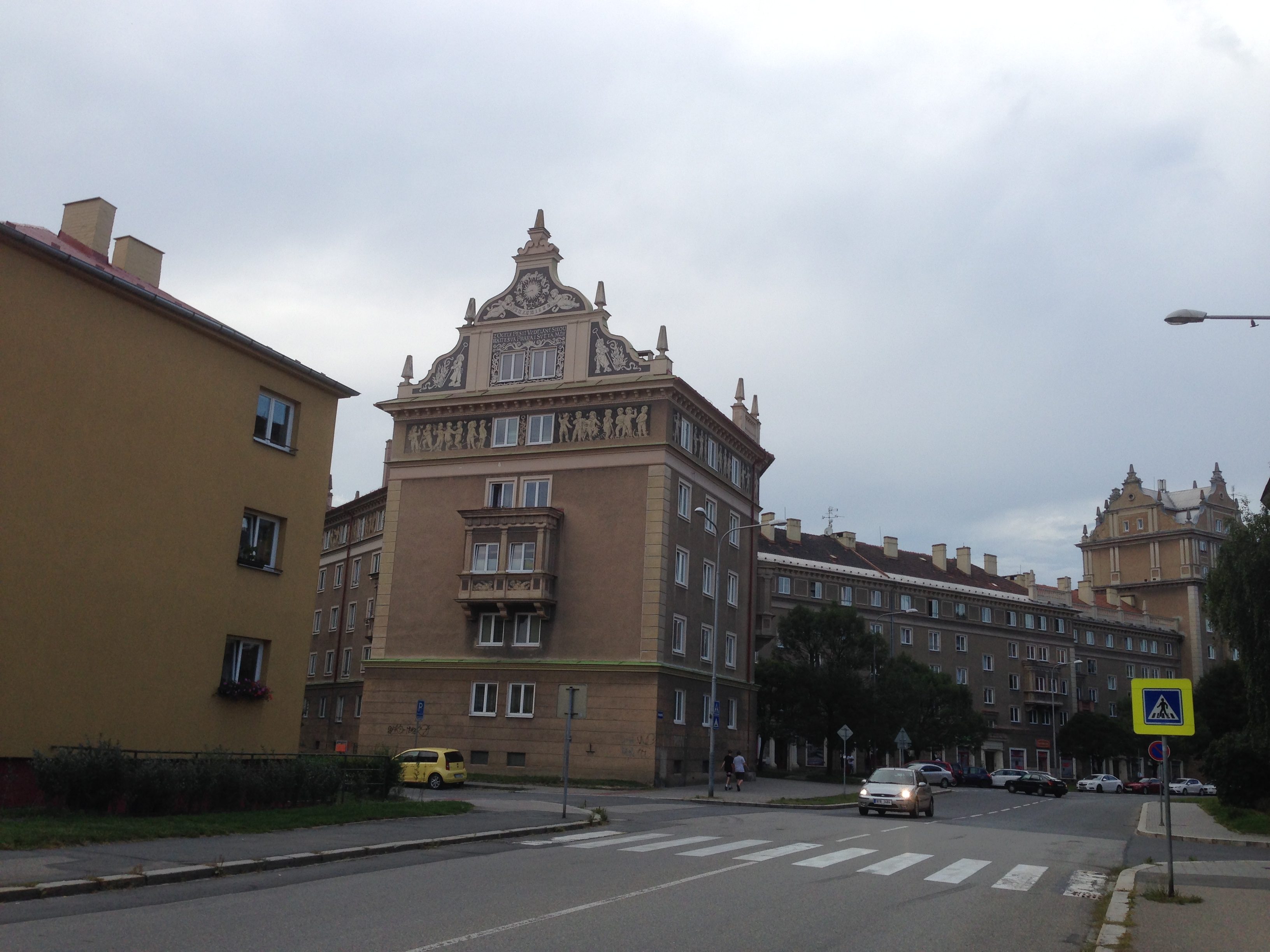
LIFE GOES ON REGARDLESS
Typical of this type of city layout the grand stretching boulevard of Hlavní třída in the centre. A similar almost repetitive but equally functional layout. Grand arches at various intersections and a bit of green grass and shrubs in the centre between the roads. A design firmly rooted in the 1950s planning but now with all the modern amenities typical of any Western city such as even the Irish themed pub!
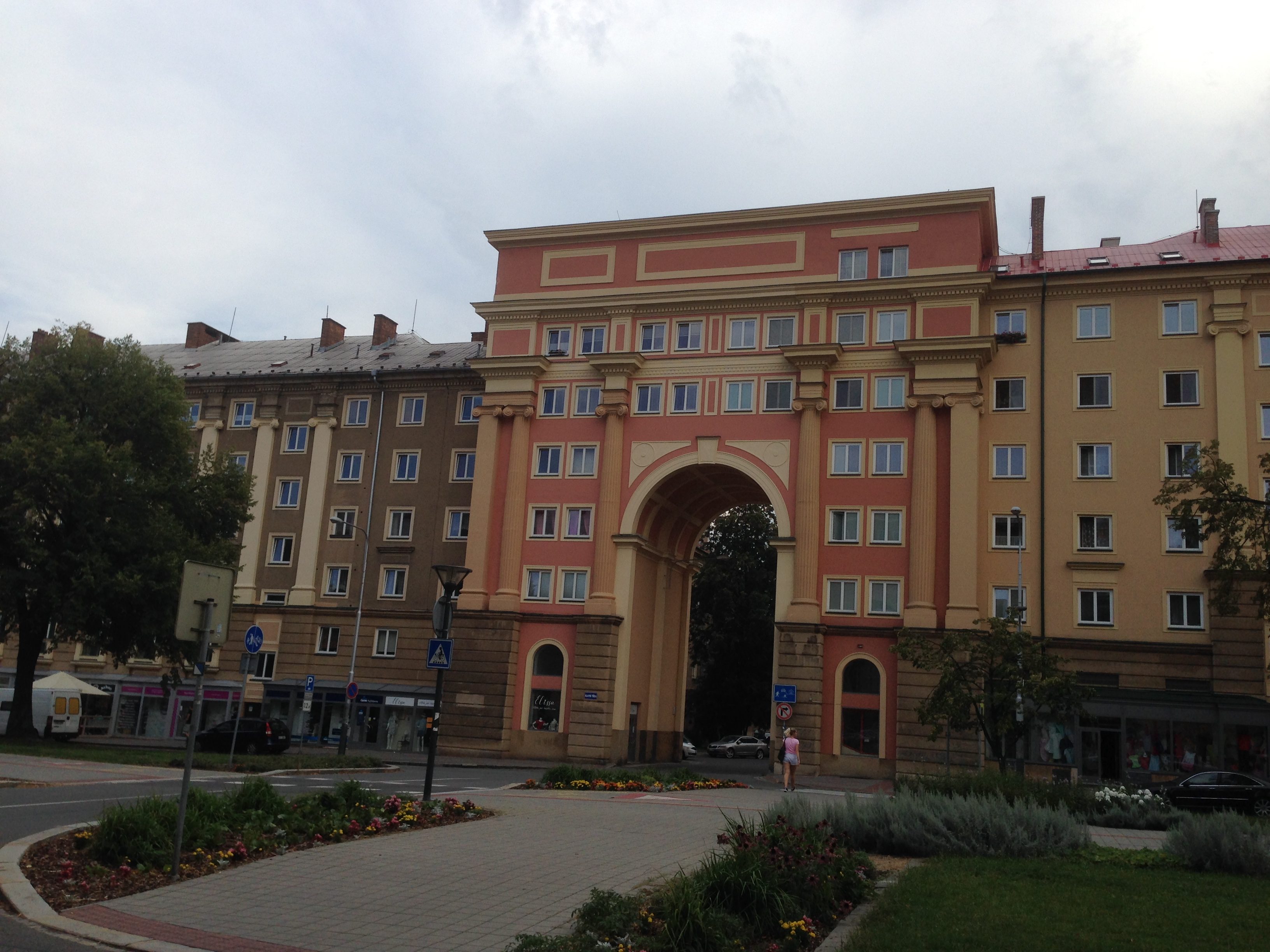
But normal life goes on. Grand boulevards typical of the style, similar to Karl-Marx-Allee in Berlin, another grand long street of identikit looking apartment blocks with its roots in Soviet but moving on with the times and embracing the 21st Century as much as anywhere else in the world. A utopian idea in principle. Also, a sign of the times. Walking along I could not help but think how similar the style is to the much maligned brutalist concrete in some parts of Western Europe too at the same time.
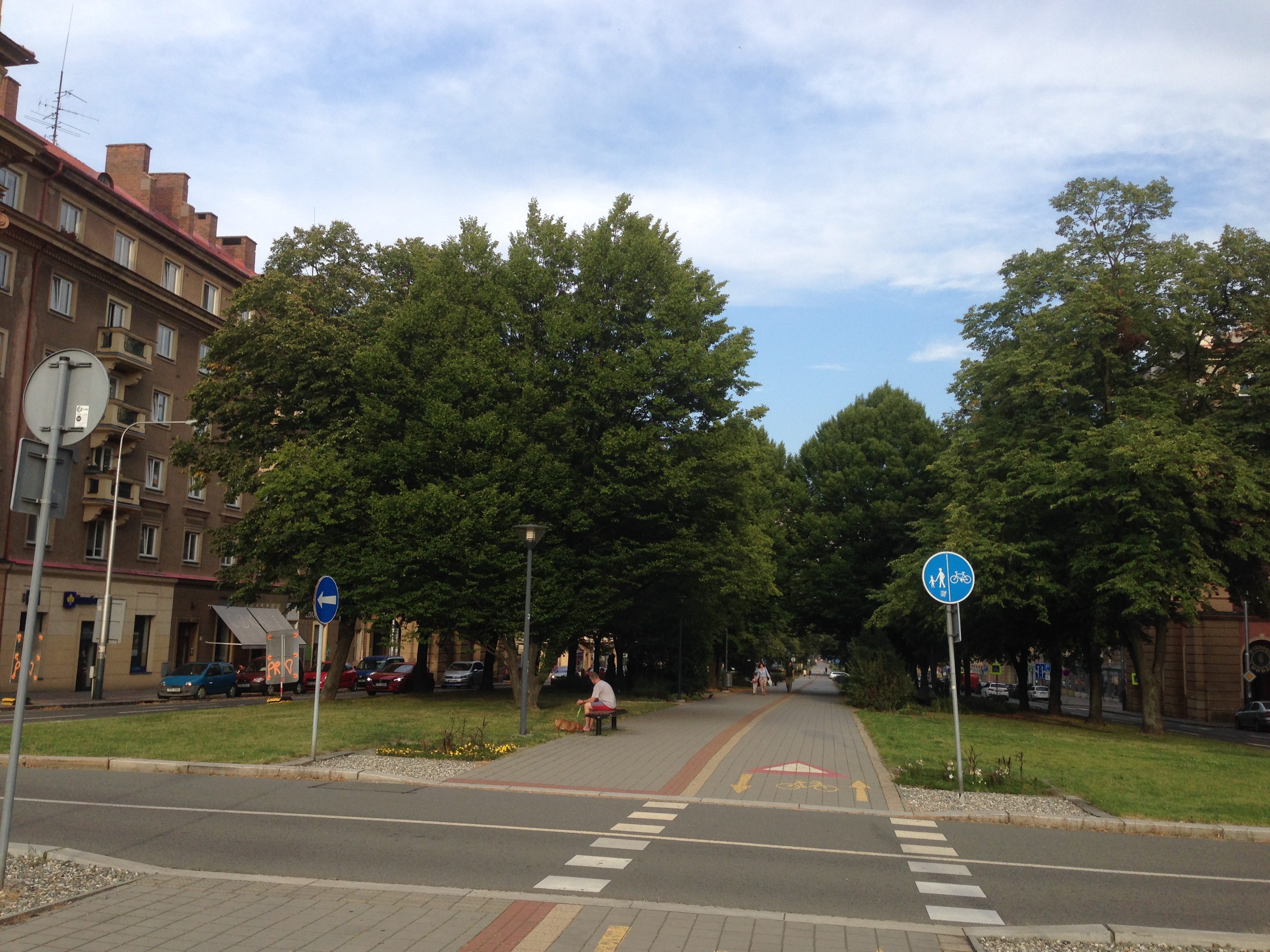
City of the future it was dubbed due to its vision as a “perfect” utopian residence. But also that label exists in other areas. The Technical Univeristy of Ostrava nearby is also one of the great centres of learning in this part of Europe and almost like a local MIT. The capacity and memory of the supercomputer is somewhat beyond my comprehension!
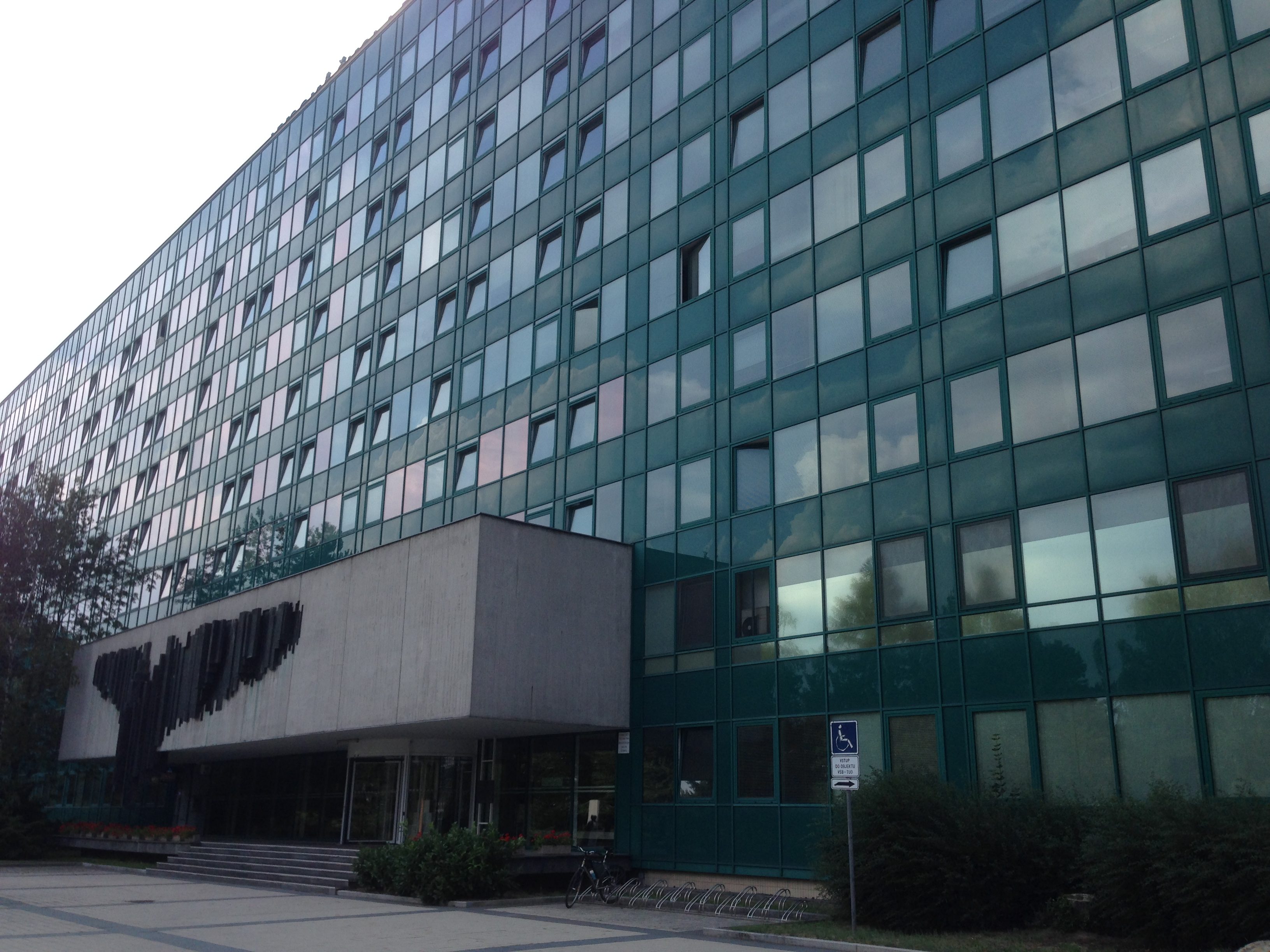
One Response
Anna
Great post! That’s what I grew up with!
Thank you for sharing